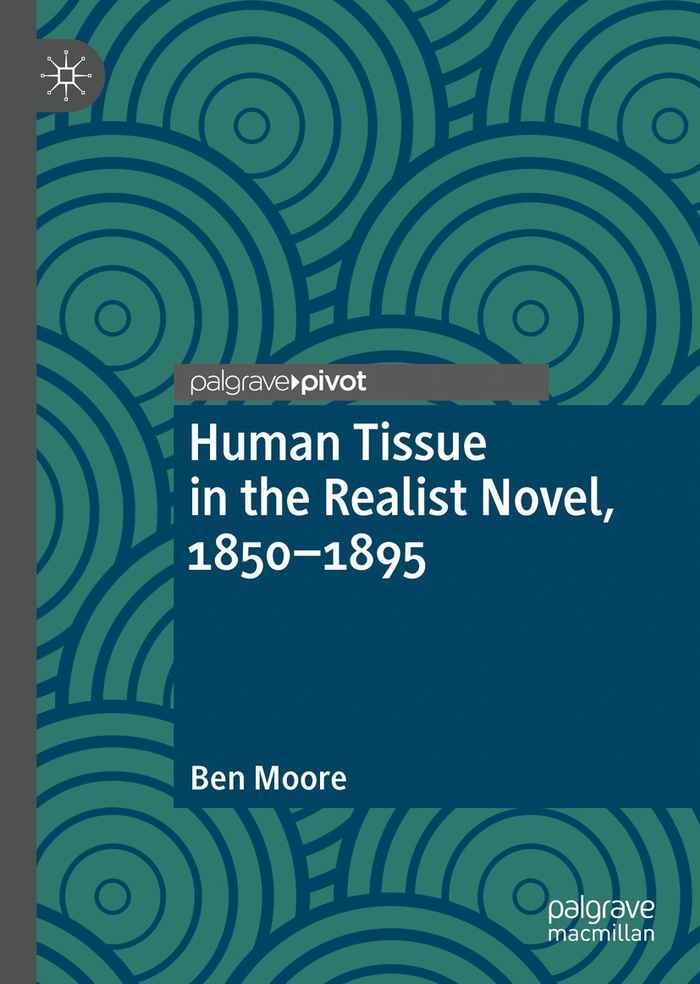New book by Ben Moore – Human Tissue in the Realist Novel, 1850-1895
29 maart 2023
Through three case studies, covering Charles Kingsley, George Eliot and Émile Zola (plus two English-language writers Zola influenced, George Moore and Vernon Lee), the book reads the realist novel in the period 1850-1895 as simultaneously producing and pulling apart the figure of the human. By tracing each writer’s engagement with ongoing debates within science and philosophy, such as those around evolution and vivisection, the book shows that unresolved tensions shape their treatment of human life, including its relation to the non-human. The realist novel thereby emerges as a form which is at once anthropocentric and anti-anthropocentric. In the process, the book examines why human tissue might be a particularly salient approach to the nineteenth century, and reappraises George Eliot’s concept of ‘primitive tissue’ from Middlemarch (1871-72).
For more information, see Human Tissue in the Realist Novel, 1850-1895.
